The Birth of LSD

LSD was first synthesized in 1938 by Swiss chemist Dr. Albert Hofmann while working at Sandoz Laboratories. He was studying ergot, a fungus that grows on rye and other grains, in an attempt to find medical applications for its alkaloids. Serendipitously, he created LSD-25, the 25th compound in his series of lysergic acid derivatives.
It wasn't until five years later, in 1943, that Hofmann accidentally discovered the psychedelic effects of LSD. While re-synthesizing the compound, he inadvertently absorbed a small amount through his fingertips and experienced powerful hallucinations. Intrigued by this experience, Hofmann decided to intentionally explore the effects of LSD. On April 19, 1943, he ingested a dose of 250 micrograms, which led to the world's first intentional LSD trip. This event, now famously known as "Bicycle Day," was named after Hofmann's bike ride home from the laboratory that day. During his journey, the effects of LSD began to intensify, and Hofmann experienced vivid hallucinations and distortions of reality. The significance of Bicycle Day has since been recognized as a pivotal moment in the history of psychedelics, and it is celebrated annually by enthusiasts and researchers alike.
Pharmacology of LSD

LSD is a serotonergic psychedelic, meaning it primarily interacts with the serotonin system in the brain. It acts as a partial agonist at various serotonin receptors, most notably the 5-HT2A receptor. Activation of these receptors leads to increased neural activity, which in turn, results in the profound alterations in perception, thought, and emotion characteristic of an LSD trip.
LSD is incredibly potent, with effects typically felt at doses as low as 20-30 micrograms. A "standard" recreational dose usually ranges from 100 to 200 micrograms. The effects of LSD can last up to 12 hours, depending on the dose and individual factors.
The LSD Experience

LSD can induce a wide range of subjective experiences, which can be both positive and negative. Common effects include visual and auditory hallucinations, synesthesia (the merging of senses), altered sense of time, and ego dissolution. Users often report feeling a deep connection to nature, others, and the universe, as well as profound insights into their own thoughts and emotions.
However, LSD can also induce "bad trips," which are characterized by extreme anxiety, paranoia, and terrifying hallucinations. These experiences can lead to long-lasting psychological distress and, in rare cases, trigger latent mental health issues.
The Psychedelic Revolution

The 1960s saw the rise of the counterculture movement, with LSD at its center. Figures such as Timothy Leary, a Harvard psychologist, and author Ken Kesey became proponents of the drug, advocating for its use in self-discovery and spiritual growth. LSD's influence permeated the arts, with musicians like The Beatles and artists like Alex Grey crediting the substance for their creative breakthroughs.
During this time, LSD was also the subject of numerous scientific studies investigating its potential therapeutic applications. However, the growing association between LSD and the counterculture movement led to its criminalization in the late 1960s, effectively ending most sanctioned research.
The Psychedelic Renaissance
In recent years, there has been a resurgence of interest in the therapeutic potential of psychedelic substances, including LSD. Researchers are exploring its potential to treat conditions such as anxiety, depression, PTSD, and addiction. Preliminary results have shown promise, and a new generation of researchers and therapists are working to legitimize psychedelics as powerful tools for healing and personal growth.
The intriguing journey of LSD has been a rollercoaster ride of discovery, controversy, and renewed hope. From its serendipitous birth in a Swiss laboratory to its role in the counterculture movement of the 1960s, LSD has had a lasting impact on our understanding of the mind and human consciousness. Today, we are witnessing a psychedelic renaissance, with researchers and mental health professionals revisiting the therapeutic potential of this powerful substance. As we continue to unravel the mysteries of LSD and its potential applications, we are reminded of the importance of keeping an open mind and fostering a spirit of curiosity and exploration. The story of LSD is far from over, and its future holds the promise of new discoveries and deeper understanding of the human experience.
Sources:
- Hofmann, A. (1980). LSD: My Problem Child. McGraw-Hill.
- Nichols, D. E. (2016). Psychedelics. Pharmacological Reviews, 68(2), 264-355.
- Grof, S. (2001). LSD Psychotherapy. MAPS.
- Shulgin, A., & Shulgin, A. (1991). PiHKAL: A Chemical Love Story. Transform Press.
- Huxley, A. (1954). The Doors of Perception. Harper & Brothers.
- Leary, T., Metzner, R., & Alpert, R. (1964). The Psychedelic Experience: A Manual Based on the Tibetan Book of the Dead. Citadel Press.






Leave a comment
0 Comments